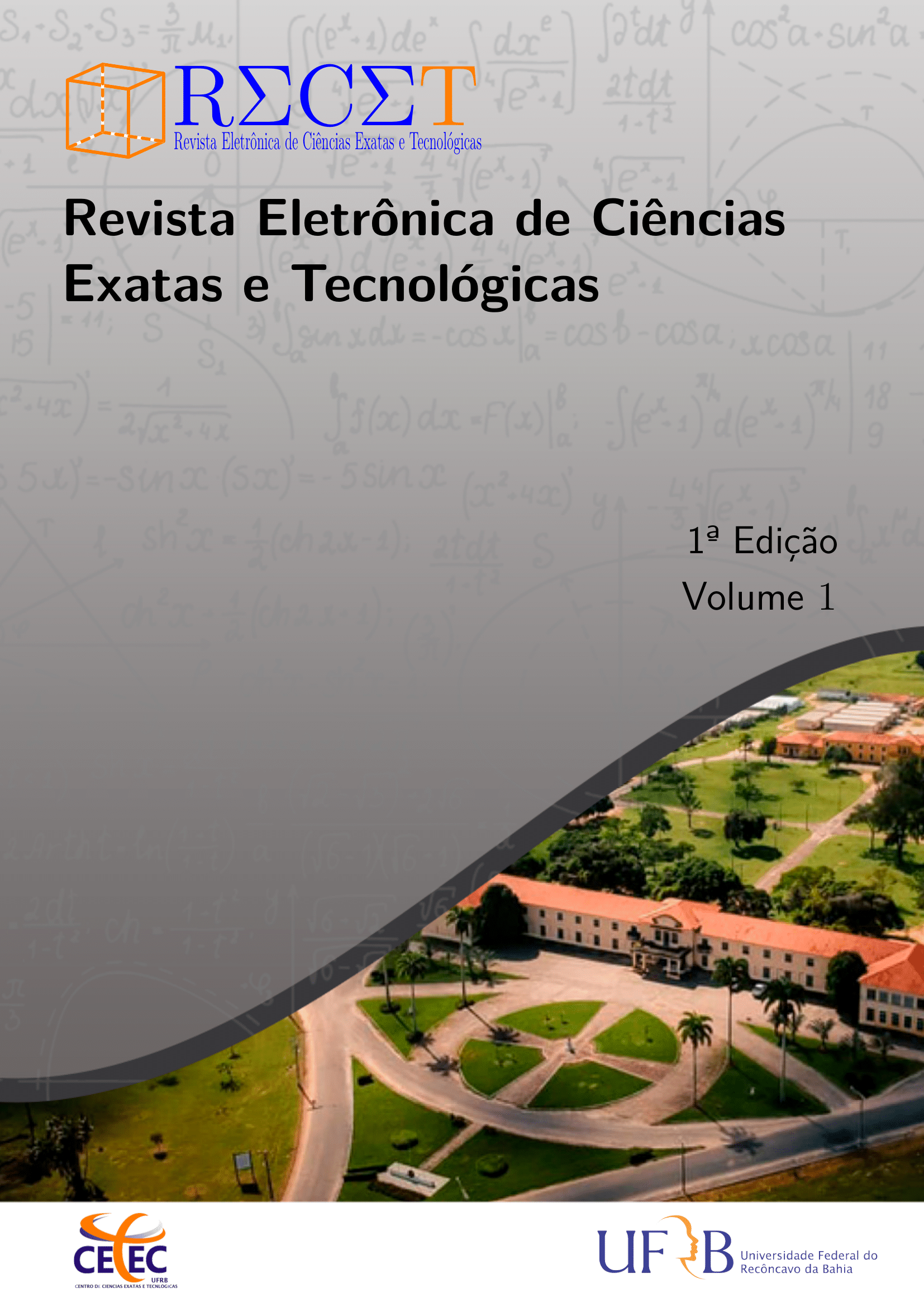Characterization of Raw Land Building of Lagoa da Barra - Quijingue/BA
Keywords:
Constructive materials. Adobe. Taipa. Pathological manifestation.Abstract
The use of land as raw material for construction of buildings became popular during the settlement of Brazilian communities and until today it is common to find these structures in various regions of Brazil. However, currently this constructive technique has been associated with poverty and precarious construction. The article characterizes the raw earth buildings in the Lagoa da Barra community, located in the rural area of Quijingue/Ba. The techniques used as well as the existing materials in the external and internal seals, roofs and floors were raised. In addition, we sought to identify the constructive anomalies and existing pathological manifestations in order to assess the conservation status of the buildings studied. The research method was based on the survey to understand the research problem through techniques of direct observation of the buildings, complemented by the anamnesis technique. It was found that the buildings in mud and adobe also adopted the mixture of conventional materials such as ceramic blocks and cement mortar. It was evidenced a variation of materials used in the floor, covering and coverings. The constructive anomalies found ranged from openings to very low ceilings, and for the pathological manifestations there are several cracks and erosions, both of the floor and walls. It was also possible to identify that most of the problems are related to the lack of specific knowledge about raw earth constructions, as well as the mixing of materials with different properties. Finally, it was possible to classify the conservation status of buildings.
Downloads
Downloads
Published
How to Cite
Issue
Section
License
Copyright (c) 2020 Electronic Journal of Exact and Technological Sciences

This work is licensed under a Creative Commons Attribution-NonCommercial-NoDerivatives 4.0 International License.

RECET publications are licensed under Creative Commons (CC BY-NC-ND 4.0).
With this license, it is allowed to access, download (download), copy, print, share, reuse and distribute the articles as long as for non-commercial purposes and with the citation of the source, giving due credits of authorship and mention to the RECET Magazine.
By submitting articles to the RECET Magazine, the authors agree to make their texts legally available under this license. Commercial uses of material published in the magazine will only be allowed after written authorization from the magazine.





